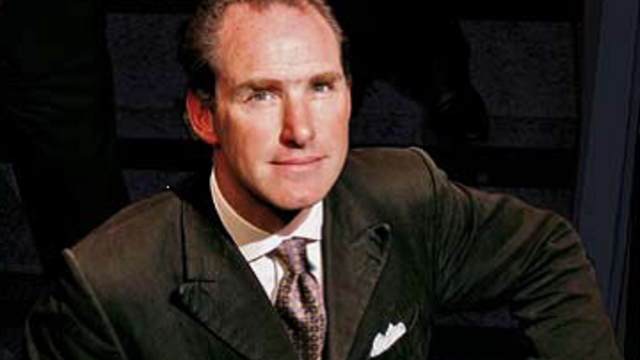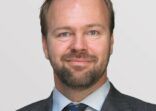“Stock markets are efficient in the long-term but tend to overreact to good and bad news in the short- and medium-term, and what we try and do is to profit from these overreactions on bad news,” Webb, who co-manages the fund, told FSA.
For example, if a share price of a company falls around 30%-80%, he, together with co-manager Philip Best and their team of four analysts, try to understand what the market is saying about the company.
After that, the firm will organise a conference call with the management team and meet with the CEO, CFO and operations managers, Webb said, noting that dealing with small cap companies is different from large cap companies.
When a manager meets with a large cap company, they meet up with a member of the investors relations team who is giving “a view of the official voice of the company”, he explained.
“So when we see a big dichotomy between what we perceive as being the reality when we visit the company and what we see that the market is anticipating, that’s where we find the investment opportunity. It is when there’s a big discrepancy between price and value.”
The fund looks for companies trading at a discount to their estimated intrinsic value, he said.
“We compute intrinsic value on earnings power and we tend to prefer the net profit of the company, which is where we consider companies really create value. [Instead of] looking at Ebitda or free cash flow or any other areas which are in fashion and everybody prefers to look at.”
The firm’s Smaller European Companies Fund (formerly the Family Enterprise Fund) invests in companies in Western Europe with a market capitalisation below €4bn ($4.73bn), according to Webb, noting that the firm’s area of emphasis is in companies that have a free float of below €1bn.
Although these companies are publicly listed, they are still partly- owned by family shareholders, he added.
PE type investor
Since the stocks are partly owned by family shareholders, with some holding at least 50% of the company’s shares, Webb said that these stocks are illiquid.
Because of that illiquidity, the fund only invests in a company if the fund managers believe that the share price can at least double within three years.
The fund takes large stakes of around 2-6% of a business and holds them for around four years.
“We’re halfway between private equity and [publicly-listed] equity in terms of our investment approach.”
Webb admitted that one of the risks of the fund is liquidity, especially if there is a market meltdown. “We’re holding illiquid assets and if we had massive redemptions, we might have slight problems redeeming our positions.
“But I suppose we went through the real extreme test in 2008-2009 when we had big redemptions over that period, but we got through with it fine.”
According to Quaero data, in 2008, the fund dropped about 50% and in 2009 the fund was up 51%.
With regard to volatility of small cap companies, Webb said it is not a key concern.
However, he noted that although small- and micro-cap companies have been more volatile than large caps, that has reversed in the last two years.
One contributing factor is the risk-on, risk-off mode that has appeared in the last 10-15 years. “So when the market is going up, it’s risk on, and when markets are going down it’s risk off. You get people making top-down decisions on the market buying and selling ETFs, which basically means that on a daily basis, the large caps are moving [more than the small caps].”
The three-year annualised volatility of the MSCI AC Europe Large Cap Index is 14.63, while the volatility of the MSCI AC Europe Small Cap Index is 12.29, according to FE data.
Risk-averse families
Webb is more cautious in investing in companies that are still owned by the founder or first generation families because they are risk-takers by nature.
“The entrepreneur may be tempted to make a very audacious acquisition and might be willing to overpay if he’s competing with two private equity buyers. Or he might want to expand his business into Brazil and Russia at the same time.”
Around 45% of the fund’s assets are invested in companies owned by the second generation of a family, 11% by the third generation and 27% in transgenerational.
The fund only has 16% of its assets invested in entrepreneurial or first generation companies.
“We tend to prefer going down the generations because all they want is to have a steadily rising share price and a yearly dividend.”
The fund is only available to professional investors in the region.
















